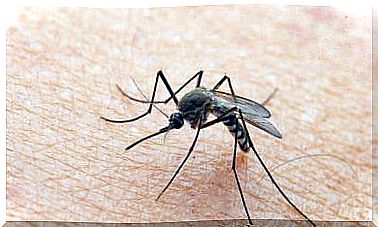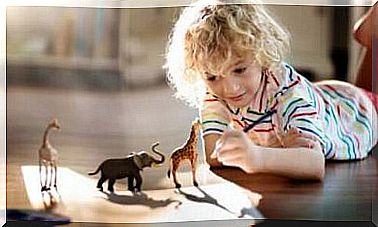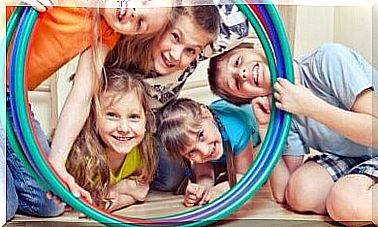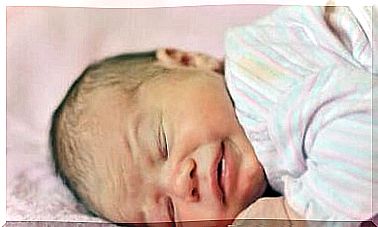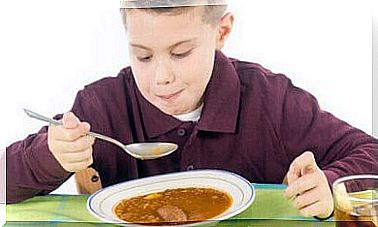Support System For The Baby When It Is In The Womb
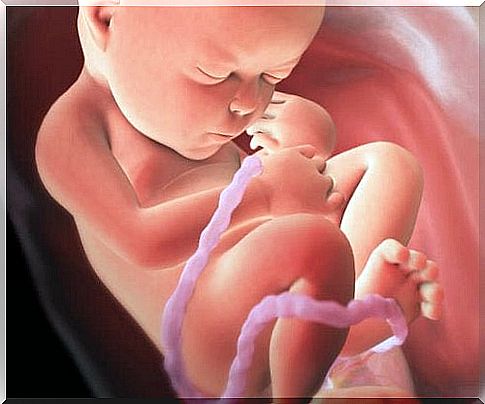
Development in the uterus requires a vital support system for the baby, which consists of the placenta, umbilical cord and placenta.
The system’s task is to take care of the child’s life and also plays an important role in its growth. Each part of this trio has a specific function during pregnancy.
This system is something that all growing children have in common, but these organs do not affect any other process. The structure is formed only during the pregnancy itself.
Each of these three elements is shaped to help the growing fetus.
If the mother is expecting a new child, she will start developing a new support system for that child. If the mother becomes pregnant with twins or more babies, the children will share the placenta if it is identical twins / triplets / etc.
In most cases with twins or multiple pregnancies, each baby has its own placenta and umbilical cord.
The placenta, umbilical cord and placenta: what are these support systems for the baby and what are their purposes?
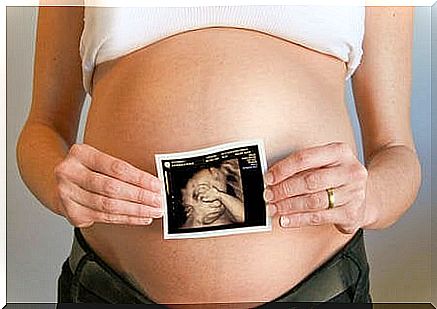
Moderkakan
This is the organ that attaches to the uterus and connects to the baby via the umbilical cord. Its function is to contribute with pregnancy hormone. It also produces progesterone and estrogen.
This body has the task of creating a connection between the mother and the child when it comes to blood supply.
The blood that circulates through the fetus comes from the mother, but is controlled by the placenta. The blood is the channel that transfers oxygen and nutrients from the mother to the fetus.
The baby’s waste is also transported by the blood, but these two products are not mixed together, thanks to the placenta.
After the baby is born, the placenta will be expelled. It has then fulfilled its task. This process is known as “postpartum”.
This vital support system for the fetus can cause serious problems for the developing child if it does not work properly during the process.
As your baby develops in the womb, the pressure on the placenta will increase, and it is common for this to cause bleeding and other complications.
The umbilical cord
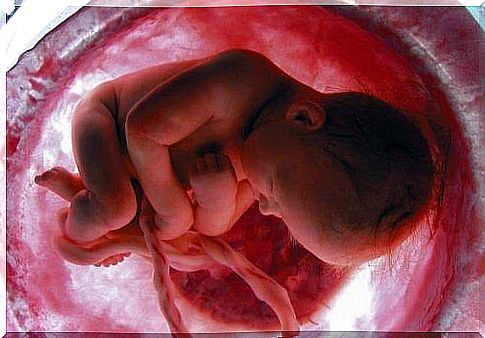
The umbilical cord is the vital connection between the placenta and the baby. As we have already mentioned, the placenta is a kind of control system between mother and child.
The umbilical cord has the task of carrying back and forth the necessary information, like a bridge.
This organ is made up of blood vessels, which consist of pairs of small arteries and a large vein. The two arteries have the task of transferring blood to the placenta, while the veins have the task of returning blood to the fetus.
An umbilical cord can usually be up to 60 cm long. The purpose of this length is for the baby to be able to move more freely. The length also means that it is not so easily damaged by the baby’s movements.
During childbirth, the umbilical cord will be connected to the baby and the placenta, but not the mother. The umbilical cord is cut off and discarded.
The placenta is also a support system for the baby
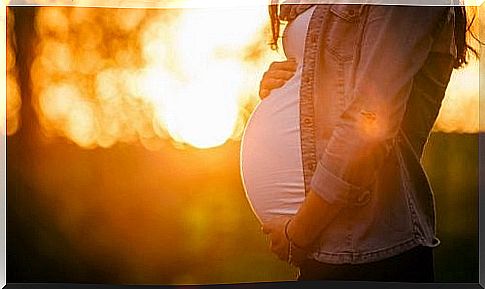
The placenta is an organ that is full of amniotic fluid. Its function is to act as a sack for the fetus during pregnancy. It is a protection and a home for it.
The composition of the fetal membrane is ideal, because it both protects and allows the fetus to move. The placenta has a temperature of around 37.6 C for the baby to feel as good as possible.
In order for it to be as effective as possible, the temperature in the placenta must be just above the mother’s own temperature.
The amount of fluid in the placenta increases as the baby develops. At 10 weeks of age, there are around 30 ml. After 36 weeks, the amount will have increased to around 1 liter.
This fluid does not have to leave the mother’s body until it is time to give birth. In fact, it comes out before the baby, when “the water goes”.
However, the baby continues to be connected to the placenta and umbilical cord, which continues to be the baby’s vital support system.
